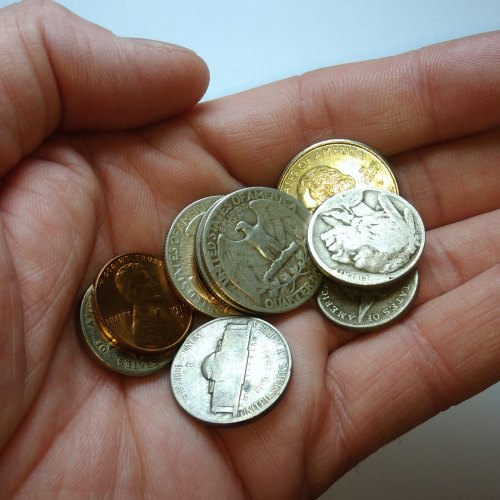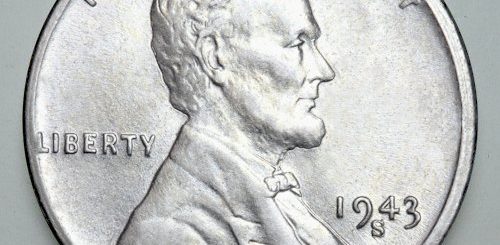Valuable Coins found in Pocket Change
You may not know it, but you may actually be spending a fortune on your value meals or favorite chocolate bar. Don’t believe it? Well, if you haven’t been looking at those loose change in your pockets closely, you may be unwittingly throwing away valuable error coins that could sell several hundreds of dollars. Believe it or not, there are valuable coins going around in circulation and unknowing people use them in paying for a dollar worth of junk food. So how do you avoid this mistake, which could have been your ticket to earning a fortune? Well, the answer is simple. Just take a few minutes of your time and examine those coins in your loose change. Practice this regularly, make it a habit, and then who knows? You may luckily chance upon a silver coin worth thousands of dollars! But of course, you have to know what you are looking for and how to look for it. So, here are a few tips to help you get started.

Photo: Coins found in pocket change
The first thing you have to do is to familiarize yourself with different silver coins. Arrange those loose coins according to denomination and take a close examination of their details. Arranging your coins this way will make memorizing the features of the coins easier and enable you to eventually notice differences faster, should there be any. To get a better look, you may want to invest in a good magnifying lens, which doesn’t cost that much. This will help you a great deal in seeing the details of each coin.
Now that you are familiar with the different denominations of silver coins, you can start looking for the differences and errors in coins that make them unique and valuable. Features that you have to watch out for are the date and mintmarks, the edge, and the die rotation, among others. Common mistakes are usually found in these features.
The mintmarks are sometimes overpunched or punched. Overpunched mintmark consists of two different mintmarks, one of which was punched over the other. On the other hand, a double punched mintmark consists of one mintmark that was punched twice. The edge of a coin is usually reeded and possible not on the coin you are inspecting. You may look for missing reeded edges, lines, seams and whatever out of the ordinary on the edge. There are also coins that bear inscriptions on the edge. In this case, you may look for missing letters or the whole inscription sometimes.
The die rotation is the alignment of the obverse and the reverse side of the coin. Check if the die rotation is correct. If you turn the coin from side to side, the other side should be upside down. If you turn it from top to bottom, the other side should be right-side-up as well. On the whole, look for anything unusual on the obverse and reverse side of the coin. Watch out for any doubling on the inscriptions or the portrait image itself. Are there double-struck or missing letters? Is there any excess on the images? Like an additional leaf, flower, or doubled earlobes perhaps?
These are just simple but very useful tips if you make it part of your routine. These very simple steps can make you a fortune should a valuable coin luckily falls into your pocket.


